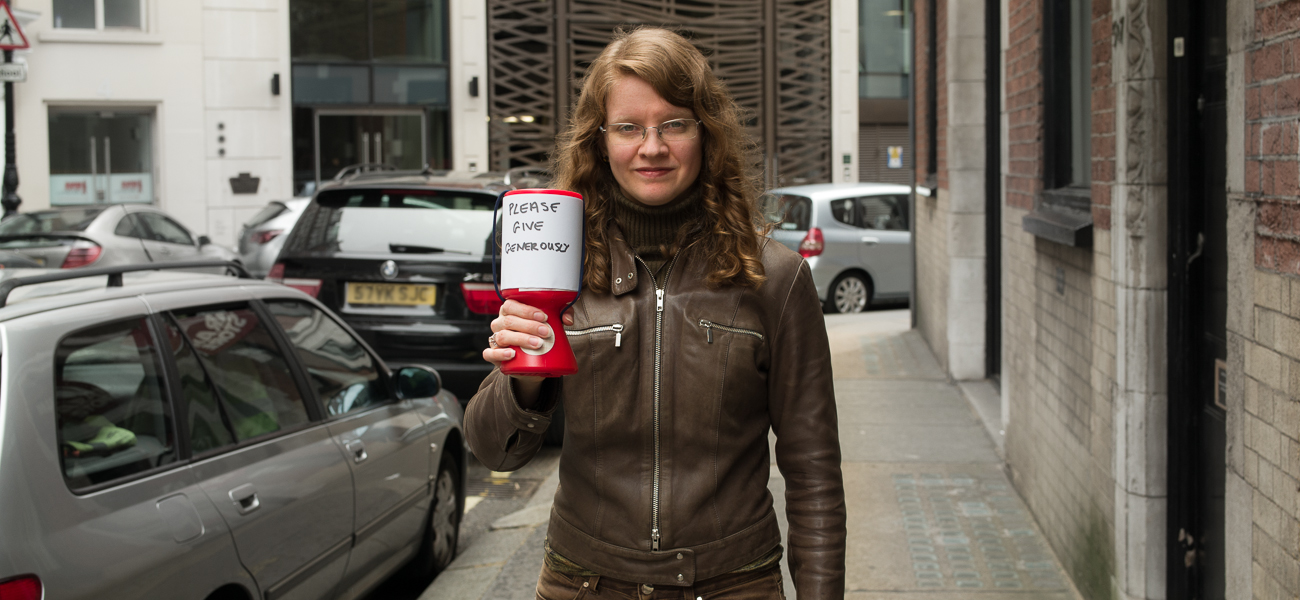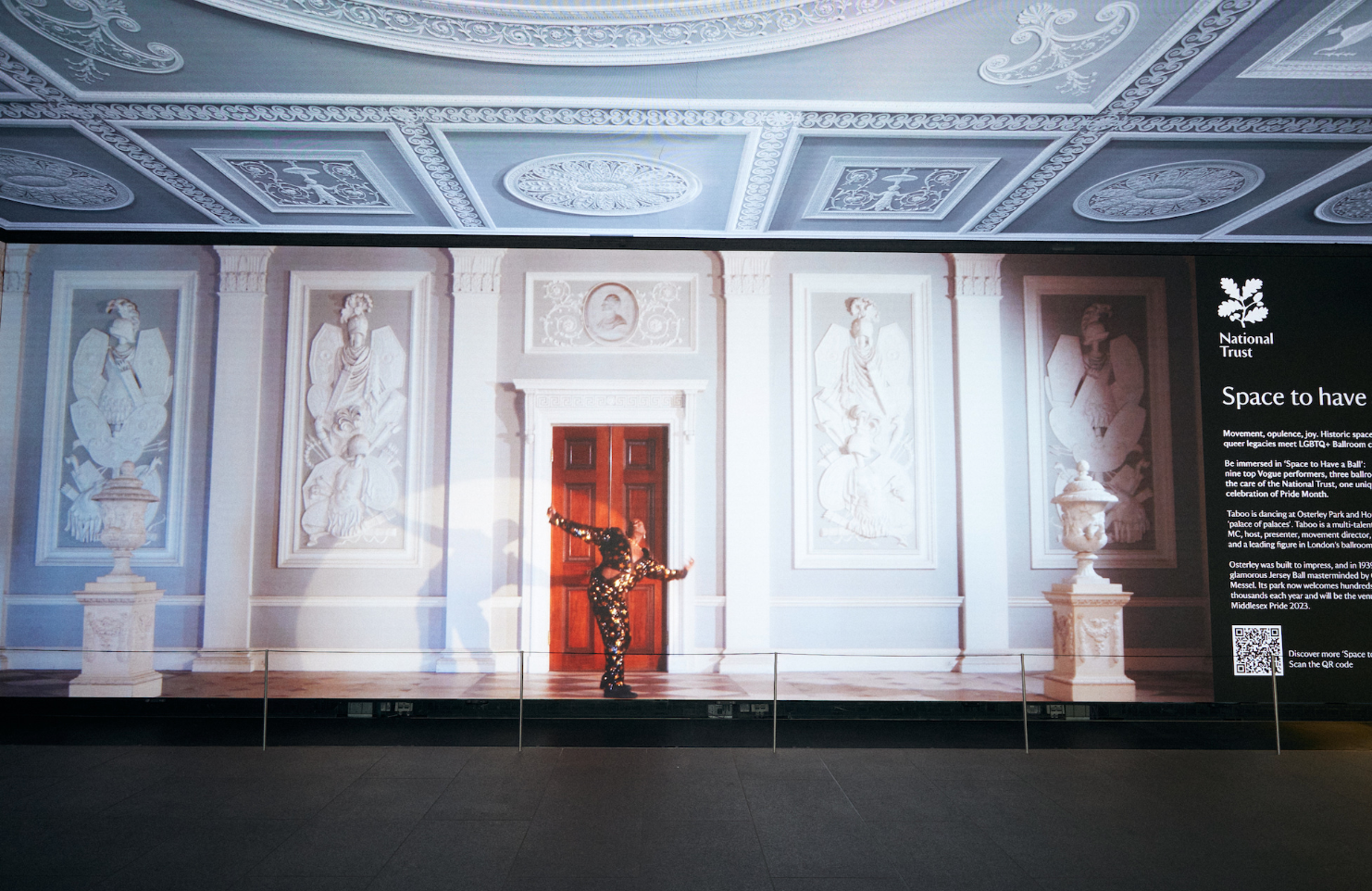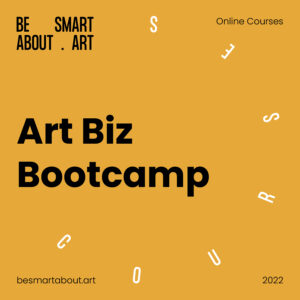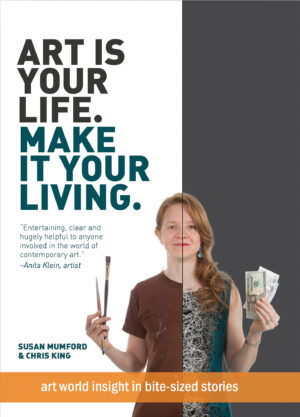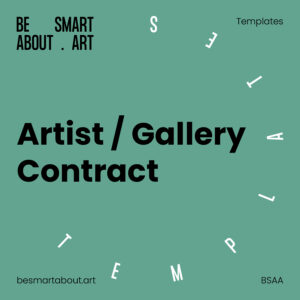This blog post was written by our founder Susan. Enjoy!
I was once engrossed in a conversation with a photographer friend, in which we were evaluating the relationship between writing and visual art.
For some pieces, having a title and concept is vital however, this isn’t always so.
Consider a classic Ansel Adams photograph of Yosemite National Park. The image speaks for itself, and as a life-long Adams follower, I needn’t see anything but the photograph, though the addition of descriptive text (location and date) does not detract.
However, words are absolutely essential in one form of art presentation, as all exhibitions require a title. (This is unless you decide to do a Prince, such as the “exhibition without a title…?)
The most effective show listings, including printed publications such as newspapers and local zines and online collections of current and upcoming shows, start with a catchy and specific title. This can be followed by a subtitle that provides more detail.
- Naming Solo Shows
First and foremost, let’s consider solo exhibitions. The title will incorporate the artist’s name and a description of the body of work being presented. Consider a show I visited at the National Maritime Museum: Ansel Adams: Photography from the mountains to the sea. While not elaborate or ostentatious, the simple wording will draw attention to readers who admire Adams as well as those who have a taste for photography of mountains or the sea.
- Naming Group Shows
Next, in considering group shows, they most often start with the title, which is followed by a sub-title that lists artist names.
A top tip is to never, under any circumstances, give a title such as, “Group show” or “New paintings”. These are such general descriptions that they in no way pique interest, in listings, email subject lines, printed posters and so on. In order to draw intrigue, consider this captivating example: “The Grand Canyon reinvented with Virtual Reality: Susan Mumford and Chris King present an experiential exhibition, complimented by original polaroid photographs.”
But how do you come up with effective titles?
There’s a great temptation to keep titles basic, as it’s easy to start pulling out your hair while anguishing over what to say. In my own experience while curating exhibitions for over a decade, I found that sitting myself down in a coffee shop (or wherever your own creative place is located) and giving oneself an hour to brainstorm with a goal to leave with the title done and dusted worked a treat. If I told myself that I would leave with a title, I would.
It’s goal-setting within a short time frame. You could of course bring in others to help you come up with ideas, whether at the coffee shop, studio, or pub.
who should come up with the title, the artist or gallerist /curator? There is no “should”. Some artists naturally come up with their own, others can’t stand creating titles, and sometimes, it’s a joint effort between show partners. So long as the balance of power between an artist (or group of artists) and curator stays fair, do what feels right.
My biggest recommendation for creating titles? Don’t be shy! My self-created all-time favourite has received a lot of attention over the years:
“Art is why I get up in the morning.”
This was the first phrase that struck me for a big group show. After second-guessing myself and spending hours devising alternatives, I returned to it. And since the show was rated number one exhibition of the week by an art critic, the title must’ve been okay in her books!

You can also get ridiculously creative…
Consider the time that I created a non-existent word (not kidding) for a show.
About a year after the exhibition had taken place, the artist asked: Is that even a word? I laughed off the question and moved onto another subject of conversation. Who knows if she ever worked it out…!
In conclusion? Devising snazzy exhibition titles, while perhaps not your all-time favourite activity, stands to draw attention to your show. If you’re looking to increase visitor numbers, sell (more) art and get your show reviewed, it’s worth making the effort to present a title that’s worthy of the body of art it compliments, and for which it provides a framework.


